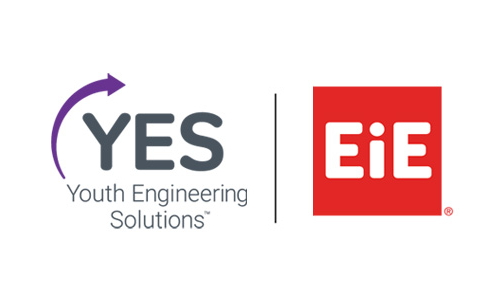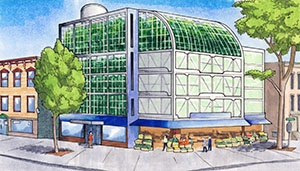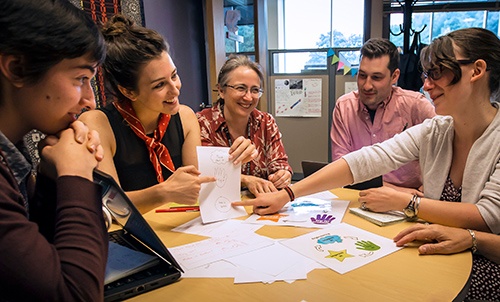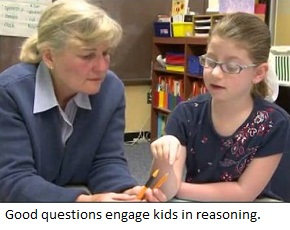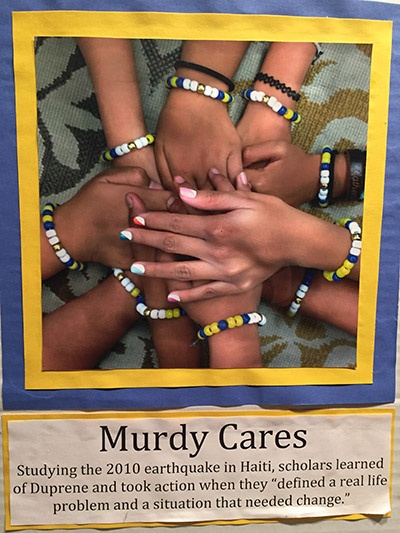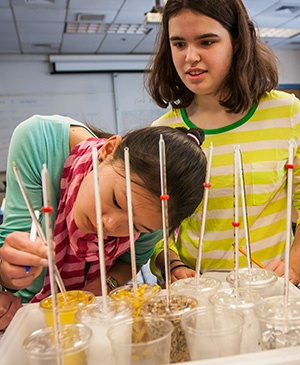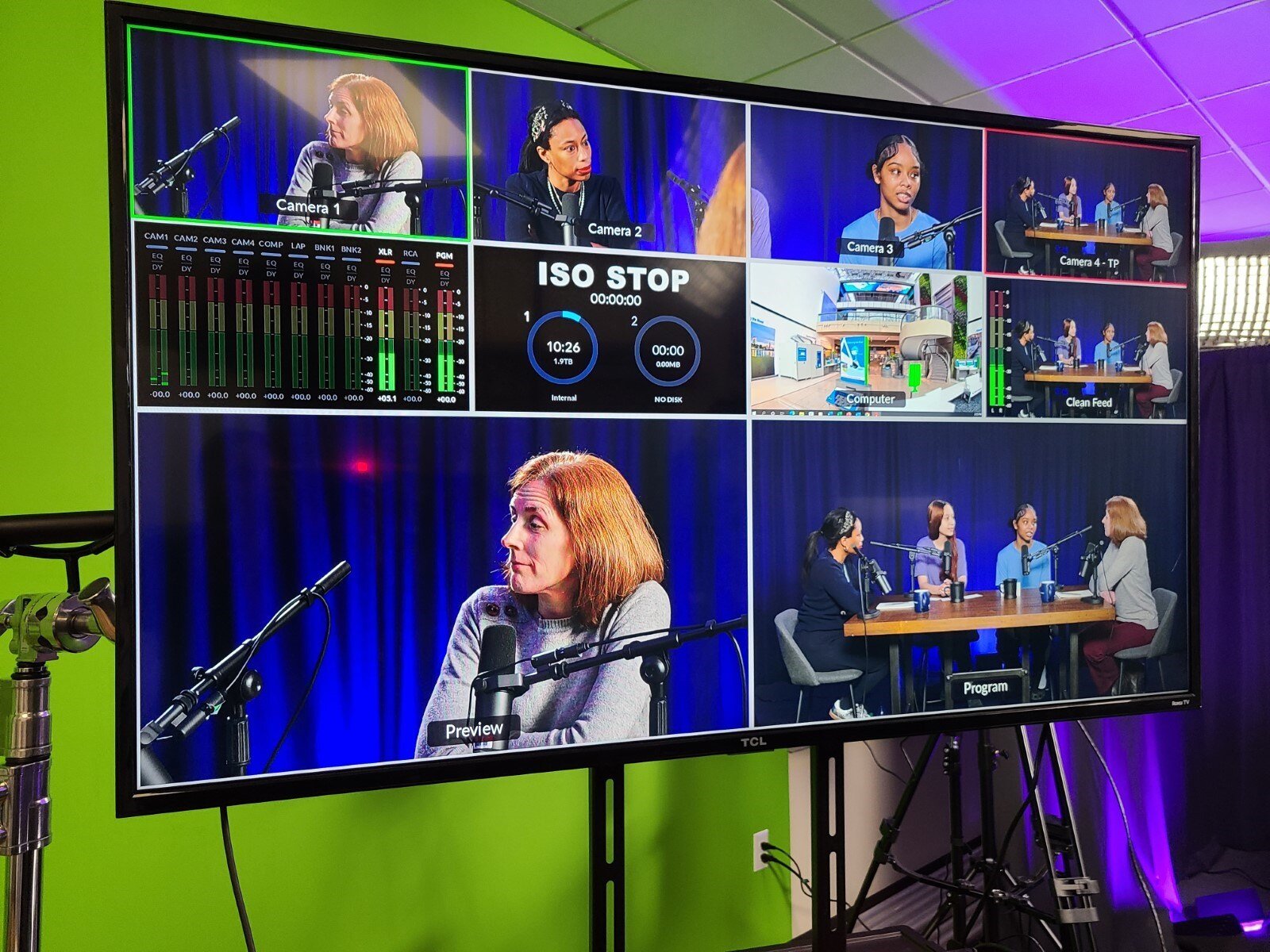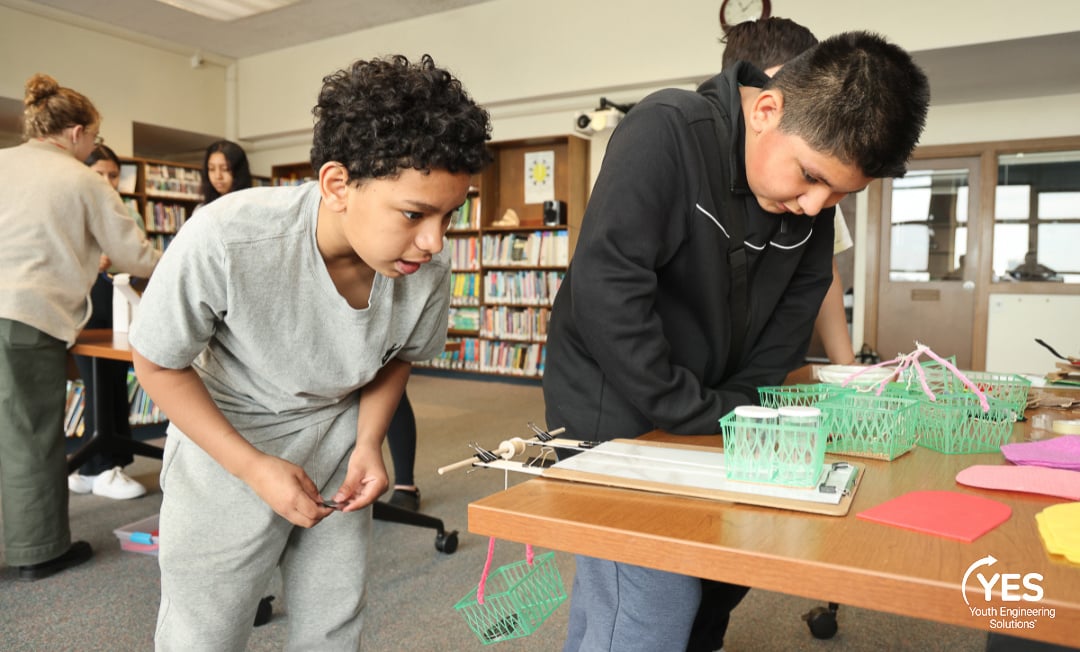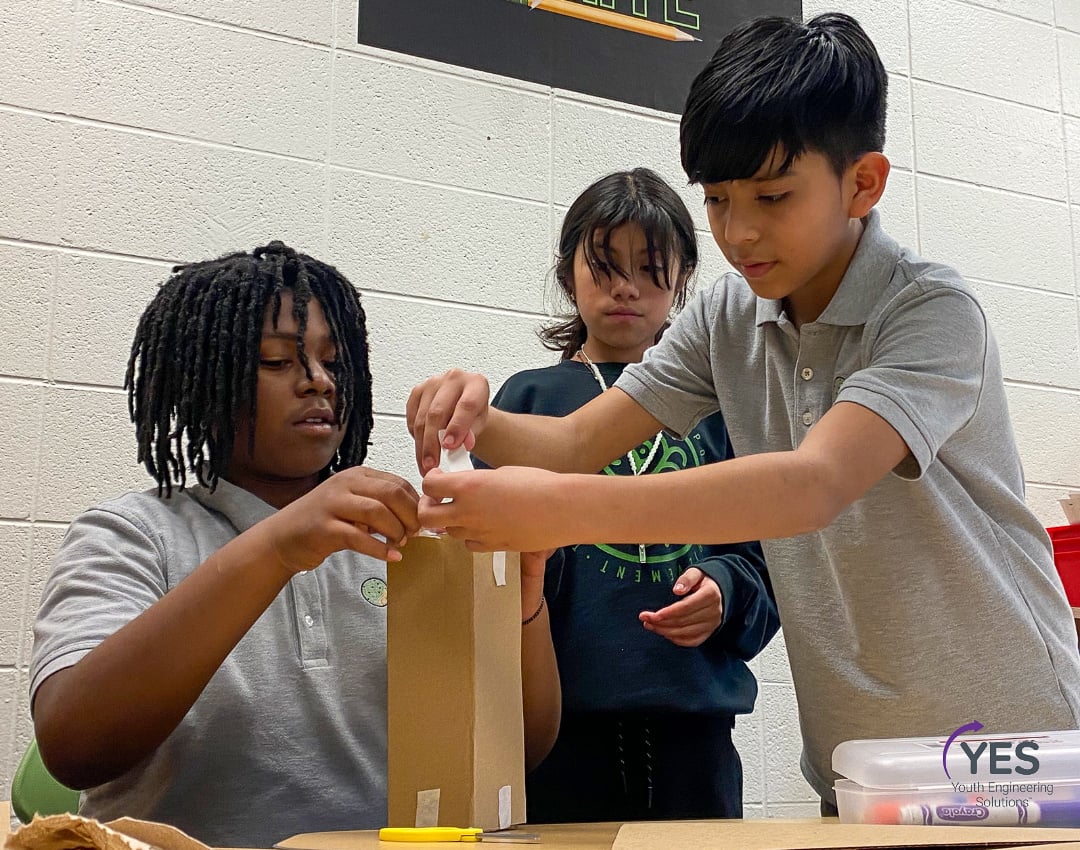Have you tried our afterschool curricula, Engineering Adventures and Engineering Everywhere? These out-of-school-time (OST) units challenge kids to solve real-world problems using the engineering design process. Educators are always welcome to download these units for free and source the materials, but we also offer printed binders and materials kits in our store for easy implementation. Check out the two newest units available to purchase—Music to My Ears: An Acoustical Engineering Challenge and Growing Up: Engineering Vertical Farms.
Early Childhood STEM Education | Wee Engineer | Preschool | Pre-K | Early Engineering | Wednesday, September 26
Creating an Engineering Design Process for the Preschool Classroom
| Engineering = hands-on play in a framework |
When our son was three, he would spend hours playing with wooden blocks, making a highway for toy cars, a pen for toy animals, or just the highest tower he could stack. We didn’t think of it this way, but he was engineering.
Early childhood educators have always recognized how building with blocks (and similar hands-on activities) help children develop motor skills while at the same time exercising their creativity. But these activities can also be framed as authentic engineering. That’s something the EiE curriculum team is working on right now: a framework for preschool engineering.
Want to see what a sample lesson from our preschool engineering curriculum Wee Engineer looks like?
EiE Teaching Tips | Tuesday, February 21
EiE Teacher Tip: How to Ask Good Questions!
Happy National Engineers Week! This week on the blog, we're celebrating by highlighting our favorite engineering tool: the Engineering Design Process!
Imagine this scenario. Your students have worked carefully and enthusiastically to design a technology . . . only to discover that it doesn’t work as planned. When that sailboat doesn’t sail, or that model maglev train fails to levitate over the track, it’s a teachable moment. You want to be ready, not with answers, but with questions that help students do their own troubleshooting.
Education journalist Steven Hastings once calculated that a typical teacher asks 400 questions a day, or roughly one question a minute. That extrapolates to 70,000 questions a year, or 2 to 3 million questions over the course of a teaching career. But not all questions are created equal. Certain questioning strategies are particularly effective; here are four of our favorites.
Implementing EiE | Monday, March 19
Helping a Boy in Haiti: Engineering Makes Real-World Connections
When Camie Walker chose an Engineering Adventures activity for her fifth-grade classroom two years ago, she was thinking about how the lessons would complement her plans for English Language Arts instruction. She never expected that the real-world engineering design challenge would help her students become more resilient in the face of failure . . . or move them to meaningful social action on behalf of a young boy left destitute by a natural disaster.
Out-of-School time | Tuesday, February 14
3 New Real-World Connections for Afterschool Engineering
Here at EiE, we’ve found that kids are most engaged with engineering when they’re working on problems that connect to their own lives. That’s why we designed our out-of-school-time curricula, Engineering Adventures and Engineering Everywhere, to guide them through the engineering design process as it applies to a real-world problem. We’ve already put together a list of additional real-world resources for each Engineering Adventures unit (Engineering Everywhere resources are under development!), but the EiE staff is always on the lookout for even more relevant content to help inspire your young engineers. Check out these compelling connections, share them with your kids, and show them that you can find engineering . . . everywhere!
